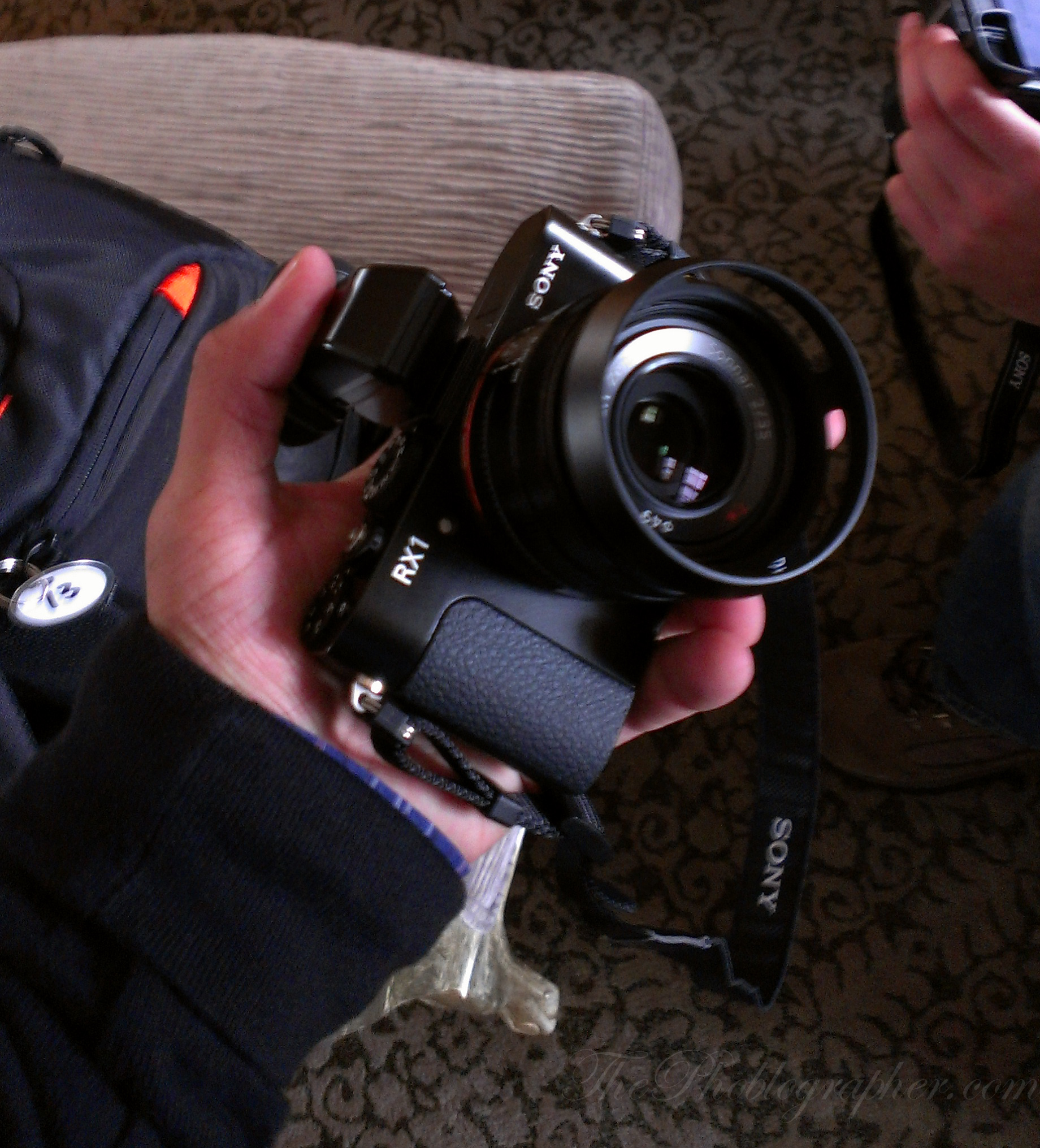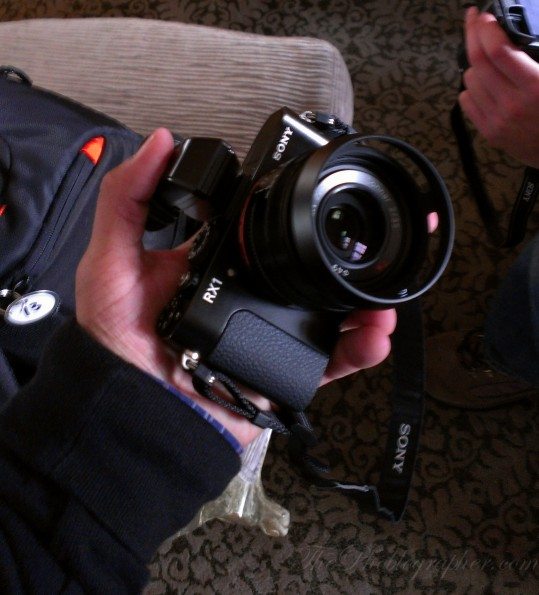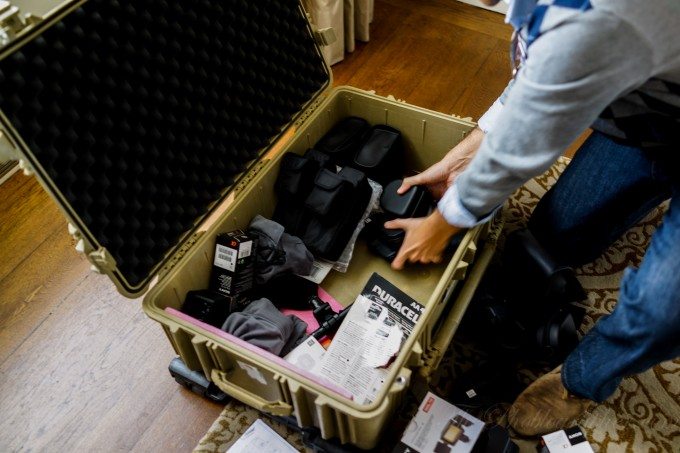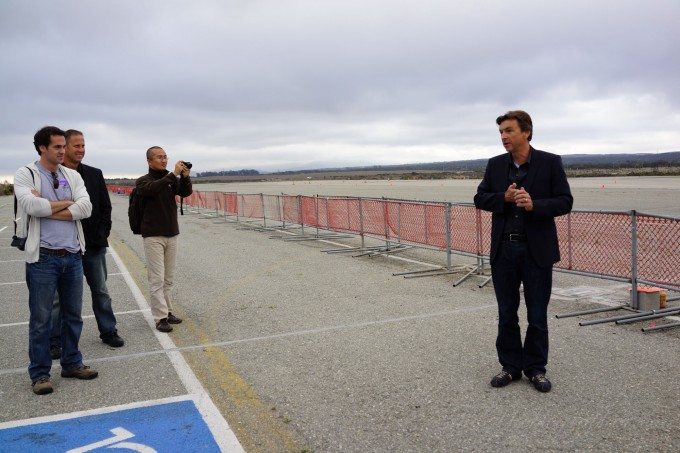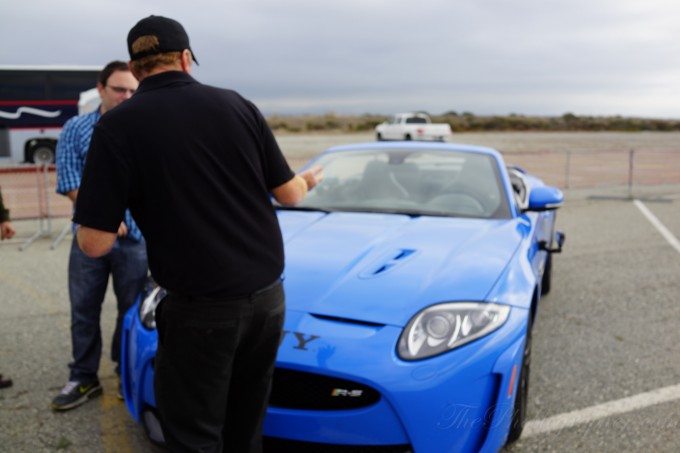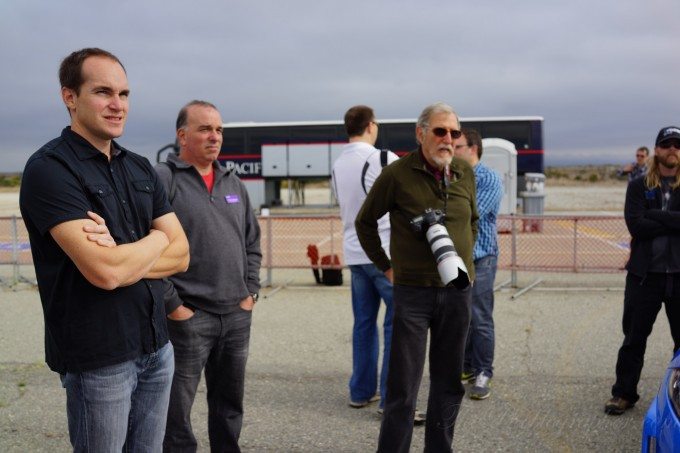Last Updated on 10/19/2012 by Chris Gampat
When the camera was first announced, we were able to post our first impressions of the Sony RX-1. It was bashed by man for the exorbitant price. During the recent Sony media excursion, we were able to play with the camera for an extended period of time. As a photographer with a street photography, photojournalistic, and wedding background, I can tell you that I have fallen in love with the Sony RX-1 despite the high price tag and fixed focal length prime lens. There is absolutely nothing like it on the market, and there is very little bad to say about the camera.
But before I continue, I must mention that all journalists (including myself) were all given near final samples of the camera. Also be sure to check out our three way high ISO comparison against the Sony A99 and Canon 5D Mk II. If that interests you, you can check Amazon and B&H Photo for availability.
Gear Used
The Sony RX1 was used with the Electronic Viewfinder and the lens hood.
Autofocusing
I am not going to be the first one to tell you that the Sony RX-1 autofocusing is actually a bit sluggish. Some journalists found it best to just use the center autofocus point and just recompose. As most of you know, I don’t do that because I feel that it throws off the plane of focus too much.
Instead, I actually opted for manually focusing the camera. In order to do this, you need so switch the front lever to the MF mode. Once that is done, it’s just a matter of moving the right ring around the lens. There are three rings around it: aperture, focusing, and focus limiting. Once you acquire the muscle memory, manually focusing with the Sony RX1 is an absolute wonder. It’s like putting a Voigtlander lens on a Micro Four Thirds camera body except that the focus peaking on the Sony RX1 is really, really good.
If I were to purchase the camera, I would much prefer to just use the manual focusing instead of the AF. When coupled with the lens hood and the EVF for the RX1, holding the camera is almost reminiscent to my days of using a Leica CL. But this time, it is with a fixed lens.
For the street photographer looking for quick captures of scenes, you may need to look elsewhere unless you stop down and live with the, “F8 and be there” rule. Indeed, I really wished that Sony had put a depth of field scale on the lens for me to figure out how far away I am focusing and how much is in focus for zone-style shooting.
However, it isn’t impossible to become a master of focusing with the camera.
Update: The AF is about on par with the Fujifilm X100 with the latest firmware update in terms of speed. Where the RX1 still lacks (along with other cameras from Sony) is smartly picking which object I want in focus based on the composition of my scene. Hence, another reason why I spring for manual focus.
Ease of Use
 Using the Sony RX-1 was incredibly simple to do. First off, there are two major control dials for exposure in manual mode: which is what I set the camera to for a majority of my time. The fact that one dial is around the lens and the other is at the top right hand corner of the back of the camera makes using the RX-1 reminiscent of using an old Nikon SLR from the film days. In practice, it really just works.
Using the Sony RX-1 was incredibly simple to do. First off, there are two major control dials for exposure in manual mode: which is what I set the camera to for a majority of my time. The fact that one dial is around the lens and the other is at the top right hand corner of the back of the camera makes using the RX-1 reminiscent of using an old Nikon SLR from the film days. In practice, it really just works.
To access the ISO setting, I often just pressed the Fn button on the back and then scrolled through the settings accordingly. Of course, Fn can control more than one variable if you set it to. To that end, it opens up its own little menu system.
The only usage issue with this is that in order to best take advantage of the Fn button on the back, you need to remove the viewfinder from your eye. I would have preferred an ISO dial the way that Canon has with its higher end G series of compact cameras.
Additionally, I wouldn’t have minded if the camera were a bit larger to accommodate to the larger size. In fact, journalists and I talked with Sony’s reps about making the camera have an interchangeable lens mount. Sony took the side that the camera would need to be considerably larger in order to do that; and that the lens already goes very deep into the body.
My response: bring it on. If it needs to be the size of Leica’s rangefinders or Fujifilm’s X Pro 1, I’m all for it. Smaller isn’t always better, but the RX1 sure did pull it off very nicely.
One of the best things about using the RX1 though was just how well the major controls were placed. It made shooting a joy and I was able to just find my scene, mentally meter it, lift the camera to my eye, set my exposure, and click: I was able to capture a moment. It was decisive, it was lovely, and it made me extremely nostalgic on top of yearning for more.
Ergonomics
Overall, the ergonomics on the camera were not only attractive, but it made me keep reaching for it probably more than any other camera except for perhaps the A99.
Image Quality
I’m going to let the images speak for itself here. I shot these in RAW + JPEG, but at the moment only JPEGs are supported in Lightroom. I did a tiny bit of editing, and here is what I came back with.
Skin tones from the camera were wonderful!
High ISO Output
I didn’t shoot much at high ISOs, but this photo was taken at ISO 6400. Pretty damned good in my opinion; even against the A99 and 5D Mk II.
Conclusions So Far
The Sony RX-1 is very impressive. Sure, it’s expensive; but let’s think about it: no one else is doing this except for Leica and those are around three times the price of this camera. For what it’s worth, the Sony Rx-1 is justified at its price. My only problems so far with the camera are that I believe it should have a built-in EVF, the autofocus is a bit sluggish, and I want a depth of field scale around the lens.
We will be receiving a review unit sooner or later, so stay tuned for the full review to come.
You can check Amazon and B&H Photo for availability.
Please Support The Phoblographer
We love to bring you guys the latest and greatest news and gear related stuff. However, we can’t keep doing that unless we have your continued support. If you would like to purchase any of the items mentioned, please do so by clicking our links first and then purchasing the items as we then get a small portion of the sale to help run the website.


